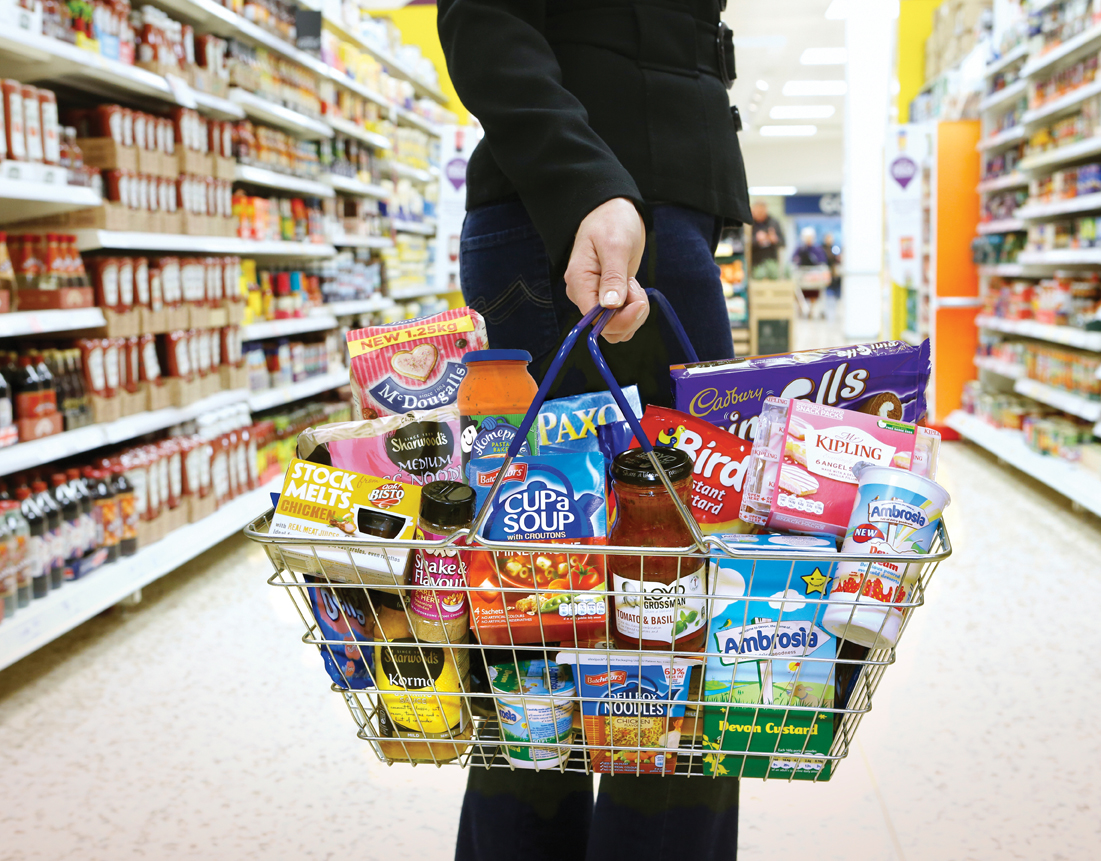Household Bills
Food inflation falls but prices still rising by 16.5%

Food prices are continuing to fall but were still 16.5% higher in June than a year ago, data has confirmed.
Grocery inflation is now at its lowest level since 2022 but this is still the sixth highest monthly figure seen for the past 15 years.
Food sales rose 10.8% annually over the month, when compared to last year, and experts are predicting that prices will continue to fall in the future.
Fraser McKevitt, head of retail and consumer insight for Kantar which compiled the data, said falling prices were “a welcome result for everyone”.
But he warned that “the ongoing squeeze is clearly weighing on the nation’s mind” and said of the top five financial worries shoppers have, rising food prices is the only one they are now more concerned about when compared to the start of the year.
Almost 70% of households also told Kantar they are either ‘extremely’ or ‘very’ worried about food and drink inflation. This figure was just over two thirds at the start of the year.
Rising prices have forced shoppers to change their habits, both at shops and at home.
McKevitt said: “Consumers are doing what they can to offset the impact of inflation. Savvy shoppers have been continuing to swerve the full force of price increases, with many switching to the cheapest own label lines.”
The warmer weather has also seen shoppers turning to summer products, such as ice cream and mineral water, which saw rises in sales of 25% and 8% annually in June.
Shoppers turn to own-label items and simpler food
Spending on value ranges rose by 41% when compared to last year and this tier of the food market has been the fastest growing every month since June 2022.
Many supermarkets have responded to this by expanding their budget lines. Sainsbury’s, for example, recently announced it was cutting the cost of own-brand toilet roll and it reduced the price of 40 own-branded dairy items.
Shoppers are changing the way they cook and eat, with 4% fewer meals made using an oven and microwave meals rising by 8% when compared to 2022. More people are also using toasters and grills to make food at home.
McKevitt said: “The most prominent change we’ve seen is that people are preparing simpler dishes with fewer ingredients. Our data shows that the public are turning away from their oven and increasingly using microwaves, which reflects the shift to simpler cooking.”
The data also showed that retailers are changing the way they price items. Historically £1 has been the most popular price for a grocery item but the number of items sold at this price have fallen to 5%, from 9%, in a year. Instead £1.25 has become more popular and £2 is now the second most popular price for a grocery item.
Sunny weather has meant more sales of items such as ice cream but like-for-like prices are up 20% when compared to last year. The cost of mineral water is also up 8%. BBQ food has also been hit, and fresh sausages, for example, have risen by 13%
Aldi is the fastest-growing shop
In the 12 weeks to June 11, Aldi was the fastest-growing supermarket with sales rising by 24.6%. It now has a record market share of 10.2%, a rise of 1.2% annually. The discount supermarket was also the cheapest in May, according to Which?, for the 12th month in a row. Lidl is just behind it, increasing its sales by 23.2% and it now has a 7.7% market share.
Sales at Morrisons, which recently revamped its loyalty scheme, rose by 0.8% giving it a market share of 8.8%.
McKevitt said: “It’s a modest rise compared to rivals but there are positive signs for the retailer. Its Morrisons Savers range is Britain’s fastest growing value line, nearly doubling sales compared to last year, as consumers turn to own-label.”
At Sainsbury’s and Asda sales grew by 10% giving them a market share of 14.9% and 13.7% respectively. Tesco remains the biggest retailer with sales rising by 8.9% giving it a 27.1% market share.